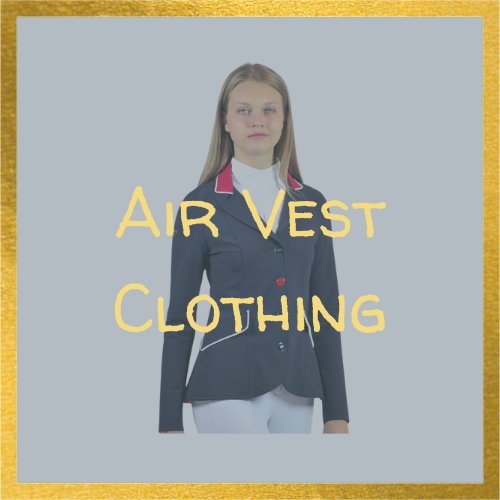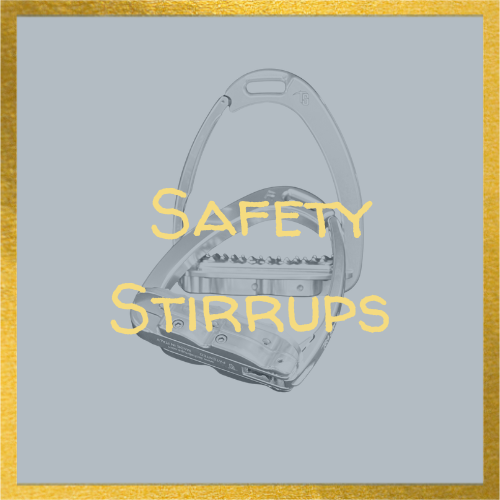Let's talk about the difference between standards or certifications and studies.
Standards that, for example, helmets and air vests and body protectors are tested to are a pass-fail system. The testing standards outline minimum requirements, and the product either passes it or fails it, and that's it.
It doesn't actually give you any data about the efficacy of the product, whereas a study will give you data about the efficacy of a product. Now we have good data on helmets, but we don't really have good data on body protectors and air vests. And that is because there has not been an independent, objective study comparing body protectors to other body protectors, air vests to other air vests, like there has now been for helmets, such as the VirginiaTech study and the Folsom study in Sweden.
There have been some meta-analyses done on body protectors and air vests, studying fall data and injury statistics that arekind of after the fact, but are not controlled in any way, shape, or form, and those studies have really been quiteinconclusive. And again, they're not really studies because it's looking retroactively at injury statistics.
It’s important to know the difference between certifications and studies and know that neither body protectors nor air vests have an objective study that has been done, but helmets do. So we have good data that we can use there to make informed decisions about what is going to be most appropriate for our safety priorities.















